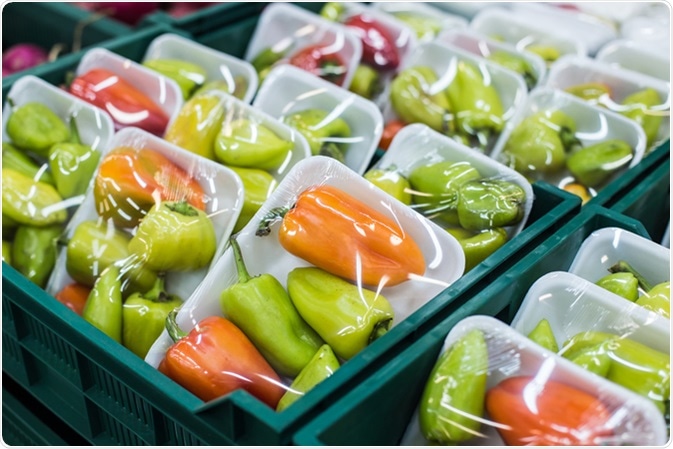Editor’s Note: We are happy to report that the new Biden administration has begun to restore factual email announcements from federal agencies to allow news organizations to once again provide reliable information to readers. For four years under the previous administration, all the public relations functions of federal agencies had been coopted by Trump loyalists appointed to run the United States government into the ground and only used the internet resources of the federal government to spread lies and promote Trump. We are still waiting on the Environmental Protection Agency to get back online, but the U.S. Department of Agriculture has already begun issuing factual press releases again, along with the Food and Drug Administration and the Centers for Disease Control and Prevention. Here is the latest we think you, the reader, needs to know about.
Staff Report –
After more than a year since the coronavirus disease outbreak was declared a global health pandemic emergency in March, 2020, the Biden administration continues to underscore the fact that there is no credible evidence of food or food packaging associated with or as a likely source of viral transmission of severe acute respiratory syndrome coronavirus 2 (SARS-CoV-2), the virus causing COVID-19.
This is according to an announcement sent out by the U.S. Department of Agriculture, the Food and Drug Administration and the Centers for Disease Control and Prevention.
“Our confidence in the safety of the U.S. food supply remains steadfast,” Acting Commissioner of FDA Janet Woodcock said in the announcement. “Consumers should be reassured that we continue to believe, based on our understanding of currently available reliable scientific information, and supported by overwhelming international scientific consensus, that the foods they eat and food packaging they touch are highly unlikely to spread SARS-CoV-2.”
It’s particularly important to note that COVID-19 is a respiratory illness that is spread from person to person, unlike food borne or gastrointestinal viruses, such as norovirus and hepatitis A that often make people ill through contaminated food.
While there are relatively few reports of the virus being detected on food and packaging, the government says, most studies focus primarily on the detection of the virus’ genetic fingerprint rather than evidence of transmission of virus resulting in human infection.
“Given that the number of virus particles that could be theoretically picked up by touching a surface would be very small and the amount needed for infection via oral inhalation would be very high,” Woodcock said, “the chances of infection by touching the surface of food packaging or eating food is considered to be extremely low.”
The USDA and the FDA are sharing this update based upon the best available information from scientific bodies across the globe, including a continued international consensus that the risk is exceedingly low for transmission of SARS-CoV-2 to humans via food and food packaging.
A recent opinion from the International Commission on Microbiological Specifications for Foods (ICMSF) External Link Disclaimer, stated: “Despite the billions of meals and food packages handled since the beginning of the COVID-19 pandemic, to date there has not been any evidence that food, food packaging or food handling is a source or important transmission route for SARS-CoV-2 resulting in COVID-19.”
Additional literature reviews from other countries agree.
“In addition, considering the more than 100 million cases of COVID-19, we have not seen epidemiological evidence of food or food packaging as the source of SARS-CoV-2 transmission to humans,” Woodcock said. “Furthermore, transmission has not been attributed to food products or packaging through national and international surveillance systems.”
Food business operations continue to produce a steady supply of safe food following current Good Manufacturing Practices and preventive controls, focusing on good hygiene practices and keeping workers safe, she indicated.
Based on the scientific information that continues to be made available over the course of the pandemic, the USDA and FDA continue to be confident in the safety of the food available to American consumers and exported to international customers.
The FDA, an agency within the U.S. Department of Health and Human Services, protects the public health by assuring the safety, effectiveness, and security of human and veterinary drugs, vaccines and other biological products for human use, along with medical devices. The agency also is responsible for the safety and security of the nation’s food supply, cosmetics, dietary supplements, products that give off electronic radiation, and for regulating tobacco products.














